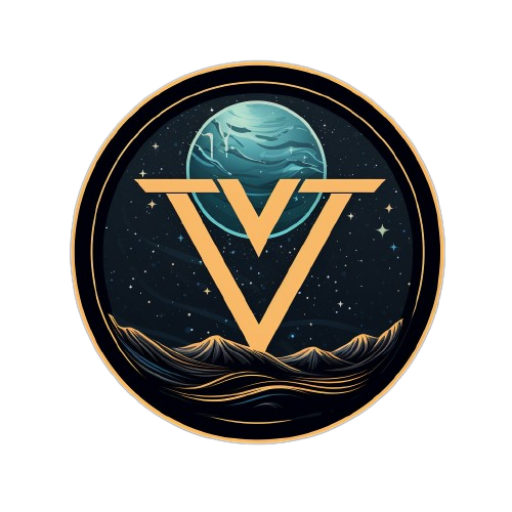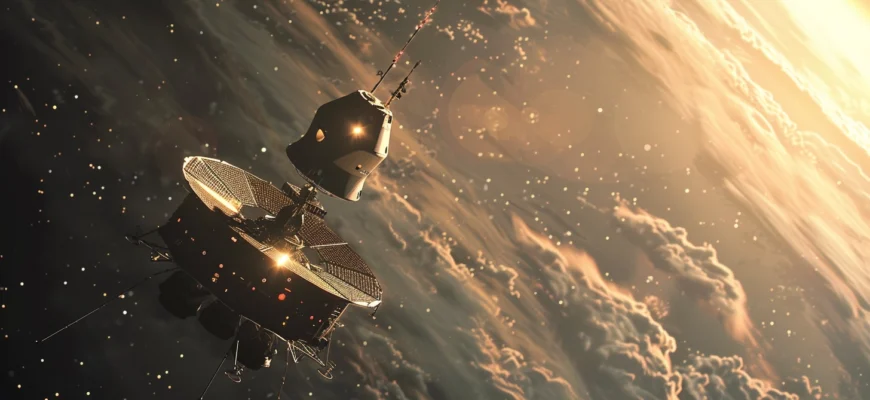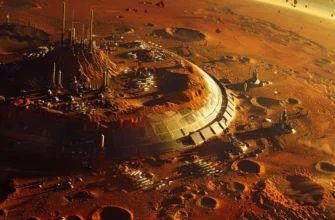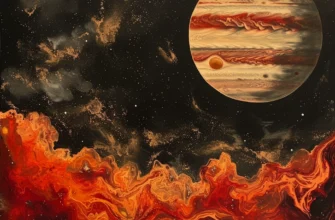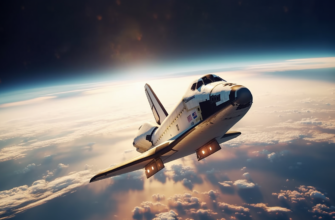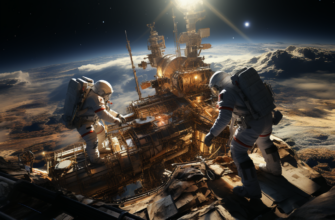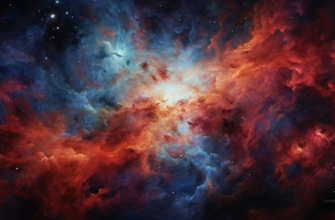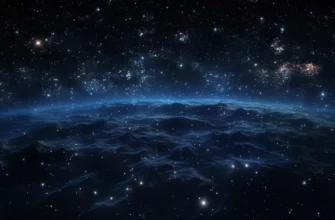- Overview: The Eternal Explorers
- The Marvels of Engineering
- Charting a Course Through the Cosmos
- Voyager 1:
- Voyager 2;
- Beyond the Heliopause: Interstellar Pioneers
- What is the Interstellar Medium?
- Exploring New Findings and Surprises
- The Enigma of Plasma Density
- Mysterious “Pause” in Cosmic Ray Measurements
- Voyagers’ Fate: An Uncertain Future
- Power Challenges
- Power Outlook:
- The Eternal Silence
- Potential Destinies:
- Reflecting on the Impact of the Voyager Missions
Overview: The Eternal Explorers
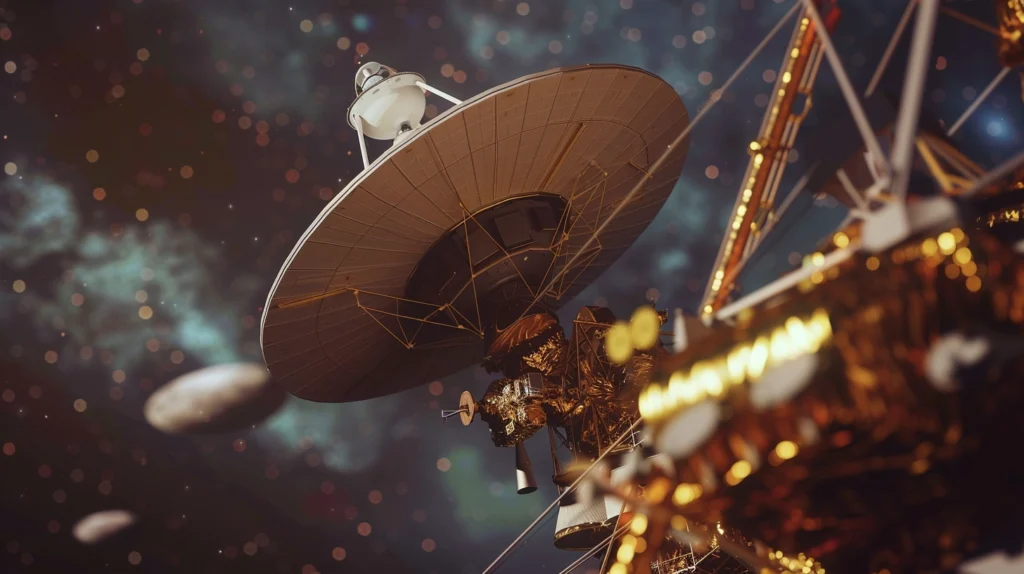
In the expanse of our ocean two brave adventurers journey outward carrying the essence of human civilization into the depths of the great unknown. Launched in 1977 Voyager 1 and Voyager 2 have traveled from Earth than any man made object, before them venturing beyond our system into the realm of interstellar space.
“The Voyagers are venturing into territories like never before” – remarked Alan Stern, NASAs Associate Administrator for Science.
As these robotic messengers continue their odyssey they witness the marvels and enigmas of the universe gathering data that challenges our comprehension of existence. While they test innovation to its limits their destiny is intertwined with the resources that sustain their eternal voyage.
This chronicle narrates the Voyager missions—a story fueled by curiosity, technological prowess and an insatiable quest for knowledge that propels us to explore territories regardless of their vastness or complexity.
The Marvels of Engineering
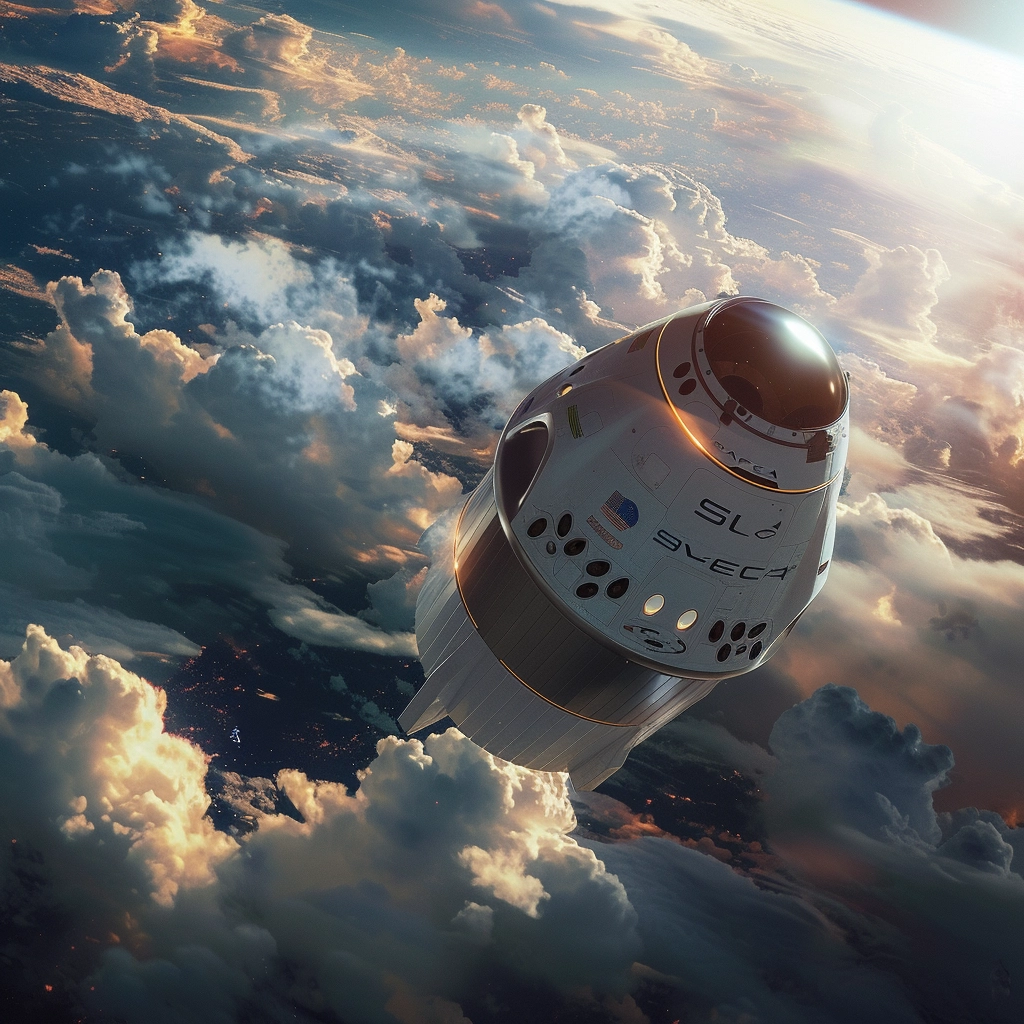
The Voyager spacecraft stand, as engineering marvels—each weighing a ton and equipped with a myriad of instruments designed to study planets, moons and interstellar environments encountered along their journey.
Some key instruments onboard include:
- Imaging Science Subsystem: cameras for taking close-ups of planets, moons, asteroids, and so on.
- Magnetometer: Measures magnetic fields and their interactions with solar wind.
- Plasma Wave Instrument: Analyzes the properties of charged particles in the interstellar medium.
- And more: infrared and ultraviolet spectrometers, cosmic ray detectors, and the list goes on. In total, each Voyager carries 11 different instruments.
But probably the most interesting feature of the spacecraft is the Golden Record – an 18cm-diameter gold-plated copper disk containing sounds and images of Earth. A sort of galactic time capsule, the record aims to be in some way representative of the cultural diversity of our pale blue dot even if only one of the Voyagers is ever found by an intelligent life form somewhere along its journey.
‘The spacecraft will be met and the disk played only if there are advanced spacefaring civilisations in the Universe. Such civilisations would have to be at a similar stage in their understanding of chemistry and biology as we humans are ‑ probably many thousands of years from now. It is conceivable that the spaceship might have to wait millions of millennia for such civilisations to ferroform [develop] ferrous metals.’ – Carl Sagan, who conceptualised the Golden Record.
| Key Golden Record Contents |
|---|
| Greetings in 55 languages |
| Sounds of nature (wind, rain, animals) |
| Musical selections from various cultures |
| Images of Earth and its inhabitants |
| Printed messages from President Carter and U.N. Secretary-General Waldheim |
With their advanced instrumentation and this remarkable cosmic message in tow, the Voyager spacecraft were ready to embark on their grand tour of the solar system.
Charting a Course Through the Cosmos
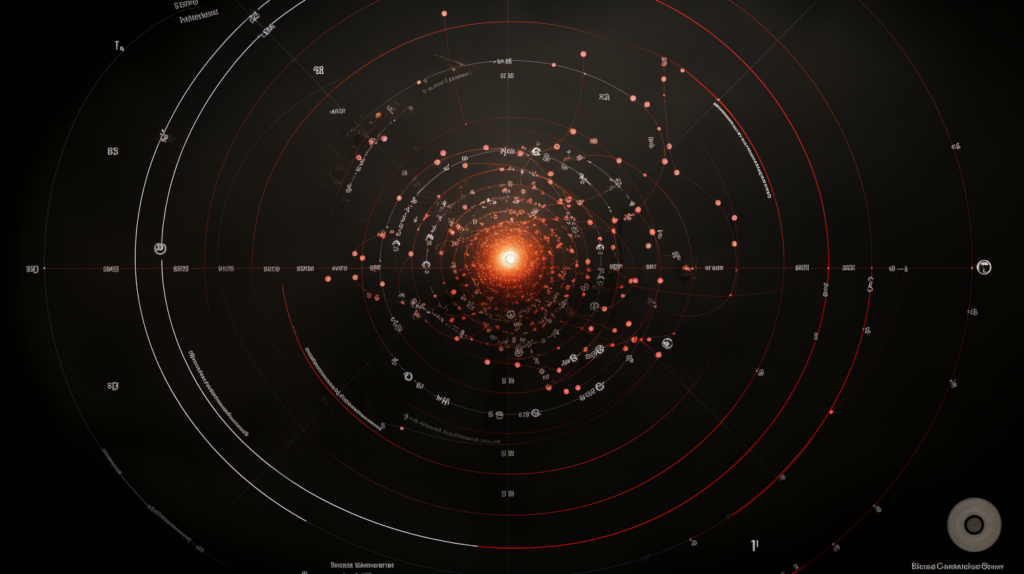
Satellite Voyager 1 and 2 was on a mission of exploring solar system up to its farthest reaches, marking new domains in the realm of space exploration. These two spacecrafts left Cape Canaveral Florida and used gravity assists from planets along the way to start their voyages.
Voyager 1:
- Jupiter (1979): Its pictures unveiled Jupiters dynamic atmosphere revealing it’s famous Great Red Spot.
- Saturn (1980): It showed us the rings that guide moons across space and the attractive appeal of Saturns rings together with its satellites.
Voyager 2;
- Jupiter (1979)
- Saturn (1981)
- Uranus (1986): it was first spacecraft to visit Uranus exposing its retrograde motion as well as icy companions satellite.
- Neptune (1989): Visited capturing images of its Great Dark Spot and frosty moon called Triton.
Among the discoveries, which Voyager made during these meetings were: Io’s Volcanic Activity on Jupiter. Witnessing Eruptions on this moon caused by the tidal forces emanating from Jupiter’s vast gravitational field.
After they had finished their business, Voyagers spacecraft headed out into interstellar space taking with them all human knowledge and curiosity about science
Beyond the Heliopause: Interstellar Pioneers
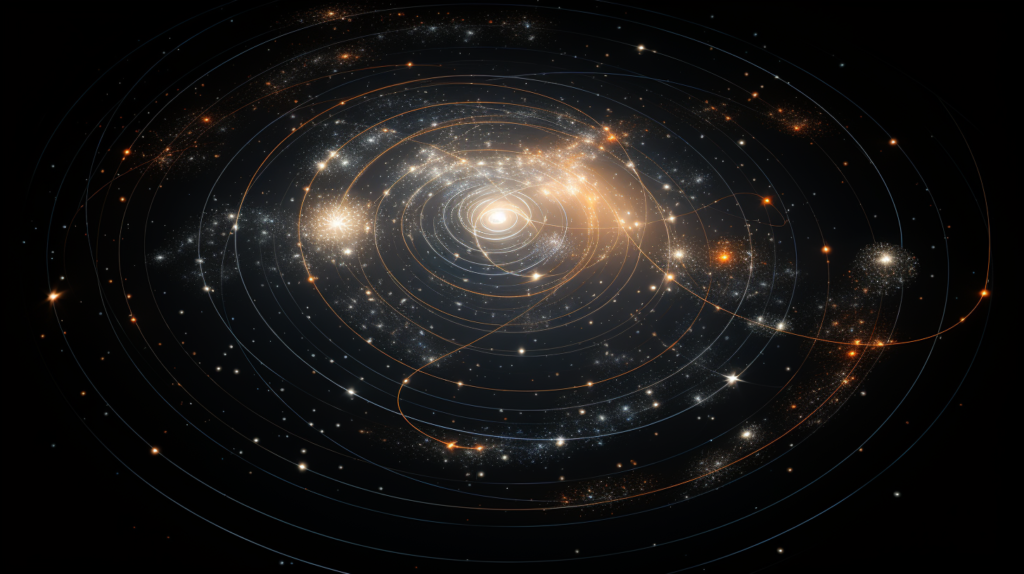
As the Voyagers traveled past the planets they entered an area known as the heliosphere a bubble shaped space controlled by the Suns solar wind and magnetic field. In course they would reach the heliopause marking the point where the Suns control fades and interstellar space begins.
What is the Interstellar Medium?
- Gas: Almost entirely hydrogen and helium but also traces of other elements.
- Stardust: Microscopic grains of solid matter made up of silicon compounds and carbon.
- Cosmic radiation: High-energy particles and radiation from far-off sources.
- Magnetic fields: Weak pervasive magnetic fields that fill the galaxy.
Transgressing the threshold to interstellar space taxed the Voyagers in new ways by requiring them to contend with:
- More Radiation: Deprived of the protection of the heliosphere’s magnetic bubble, the spacecraft are being bombarded by higher levels of cosmic radiation
- Greater Chill: In fact, the interstellar medium is far colder than the heliosphere and the effects of that chill affect the performance of the instruments
- To No Data: The solar wind is the Voyagers’ primary source of data. In interstellar space, it disappears.
- Photo courtesy of NASA: Some of the Voyagers’ broader-spectrum instruments continued to return useful data about this environment, despite these hurdles.
Voyager 1 embarked on a journey, on February 14 1990 when it identified signs of entering the heliosheath the layer of the heliosphere where the solar wind mingles with the interstellar medium. Then marking a moment on August 25 2012 Voyager 1 achieved a feat by becoming the first man made object to venture into interstellar space as it crossed the heliopause at approximately 121 astronomical units (AU) away from our Sun (with 1 AU being equivalent to the distance between Earth and the Sun).
Following behind its counterpart Voyager 2 mirrored Voyager 1s path by encountering the heliosheath on November 5 2004. Subsequently on November 5 2018 Voyager 2 made its mark in history by crossing over into space at a distance of around about119 AU, from our Sun.
Both spacecraft continue to transmit data as they venture deeper into the unexplored realms of interstellar space, their instruments probing the mysteries that lie beyond our solar system.
Exploring New Findings and Surprises
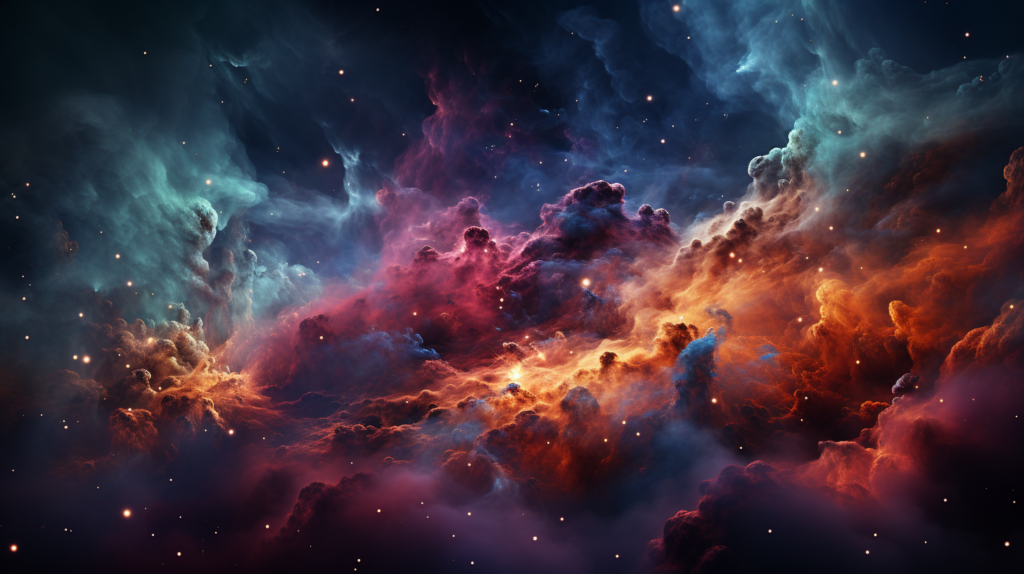
Even after the Voyagers departed our system their ongoing journey continues to unveil revolutionary discoveries pushing the boundaries of our knowledge, about the vast universe we call home. Among the revelations from the Voyager missions is the data obtained by the Plasma Wave Instrument, which tracks the density and behavior of charged particles in the interstellar space.
The Enigma of Plasma Density
Contrary to predictions based on theories and observations from sources the density of ionized gas in interstellar plasma measured by the Voyagers appears lower than anticipated. This discrepancy has sparked interpretations;
- Regional Anomaly; The Voyagers might have encountered a localized anomaly or area with decreased plasma density within the realm.
- Model Adjustments; The theoretical models predicting plasma density may require adjustments based on insights gathered from Voyagers observations.
- Equipment Constraints; Possible limitations or uncertainties, in Voyagers instruments could be influencing the accuracy of plasma density readings.
Mysterious “Pause” in Cosmic Ray Measurements
A puzzling discovery was made when cosmic ray measurements showed a halt or leveling off as the Voyagers ventured past the heliosphere. Cosmic rays, which are particles stemming from events, like supernovae and traversing through space were anticipated to rise as the spacecraft left the shielding barrier of the heliosphere.
However both spacecraft experienced a pause. Leveling off in the intensity of cosmic rays before it resumed its upward trend. This surprising occurrence has sparked theories, such, as;
- Influence of Interstellar Magnetic Fields: rays behavior might be impacted by the unique characteristics of interstellar magnetic fields in ways that remain unclear.
- Presence of Localized Structures: It is possible that the Voyager spacecraft encountered localized structures or boundaries within the medium that caused a disruption in cosmic ray measurements.
- Potential Implications, for Physics: These observations could potentially suggest the presence of new physics or phenomena that are not currently incorporated into existing models.
As the Voyagers progress on their voyage researchers will carefully examine the information to uncover the secrets, behind these discoveries.
Voyagers’ Fate: An Uncertain Future
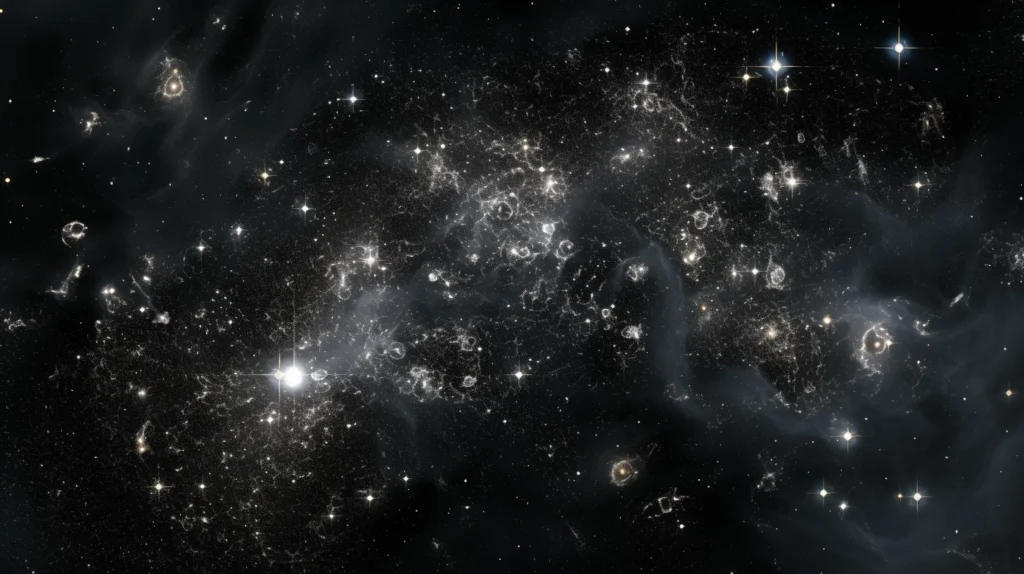
The future of the Voyagers is uncertain despite their achievements and ongoing discoveries. Their journey relies on resources that sustain their exploration.
Power Challenges
The Voyagers rely on a Radioisotope Thermoelectric Generator (RTG) fueled by plutonium 238s decay to generate electricity. However as time passes the diminishing plutonium reduces the power.
Currently each Voyager operates on, than 300 watts of power lower than its initial launch capacity. To conserve energy, non essential systems and instruments have been. The spacecraft are in a low power mode.
Power Outlook:
- Voyager 1 is projected to have power, for operation until 2025.
- Voyager 2 is expected to have power until 2028.
Beyond that time the power levels will drop significantly rendering most instruments inoperable and causing the spacecraft to fall silent.
The Eternal Silence
When the Voyagers go quiet as their power fades their voyage will press on. These celestial envoys glide endlessly through the expanse of space, between stars carrying with them the Golden Record and the enduring legacy of curiosity and creativity.
Potential Destinies:
- Wandering Among the Stars: The Voyagers will continue their odyssey unhindered perhaps one day encountering star systems or interstellar clouds millions of years from now.
- Cosmic Meetings: Across billions of years there exists a chance that the Voyagers might be drawn in by the force of another star system or even another galaxy.
- Cosmic Memorials: If encountered by advanced civilizations, the Voyagers could become cosmic memorials, testaments to the exploratory spirit of an ancient species from a distant world.
Regardless of their ultimate fate, the Voyagers have already secured their place in the annals of human exploration, serving as ambassadors of our civilization and reminding us of the boundless possibilities that await us among the stars.
Reflecting on the Impact of the Voyager Missions
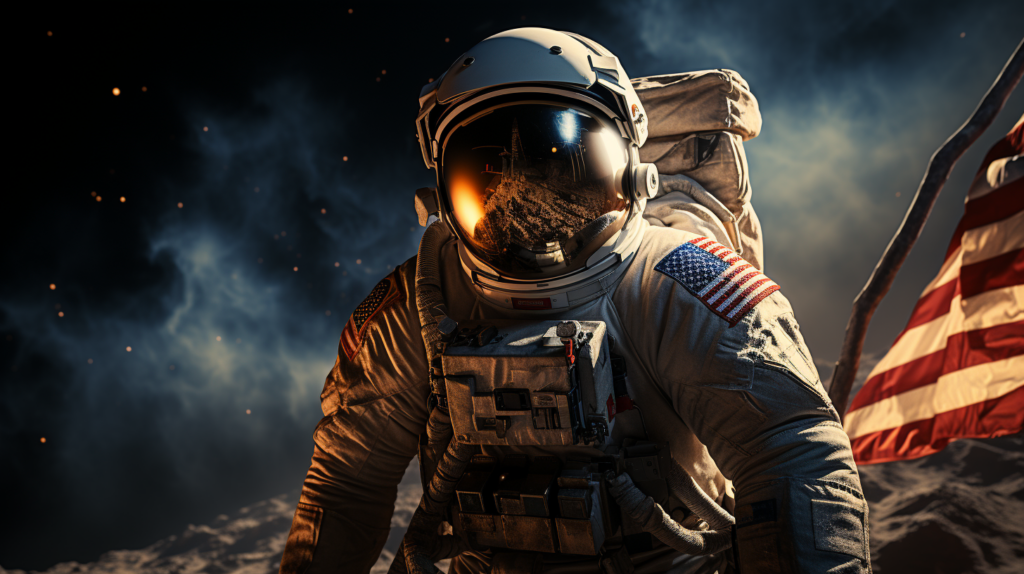
Considering the fate of the Voyager spacecrafts prompts us to acknowledge the accomplishments and lasting influence of these missions.
- Expanding Horizons through Exploration: The Voyagers have traveled further into space than any human crafted objects enhancing our understanding of both our system and the vast interstellar expanse.
- Igniting Curiosity, in Future Generation: The captivating images and valuable data transmitted by the Voyagers have captivated millions sparking curiosity in generations of scientists and adventurers.
- A Timeless Communication to the Unknown: The Golden Record stands as an expression from humanity a celestial time capsule carrying our narratives, melodies and aspirations into territories.
Even when silence eventually envelops the Voyagers their impact will persist as a tribute to humanitys quest for knowledge and our tireless endeavor to unravel the mysteries of the universe we inhabit.
“The Voyagers symbolize an era of exploration in history. Their legacy will resonate for years to come.” – Dr. Edward Stone, Lead Scientist of Voyager Project
As we bid farewell to these pioneers we can find comfort in knowing that their expedition has forever altered our perception of the cosmos and our role, within it. The Voyagers have proven to us that human creativity knows no bounds allowing us to venture beyond our blue planet and connect with the vast expanse of the universe.
